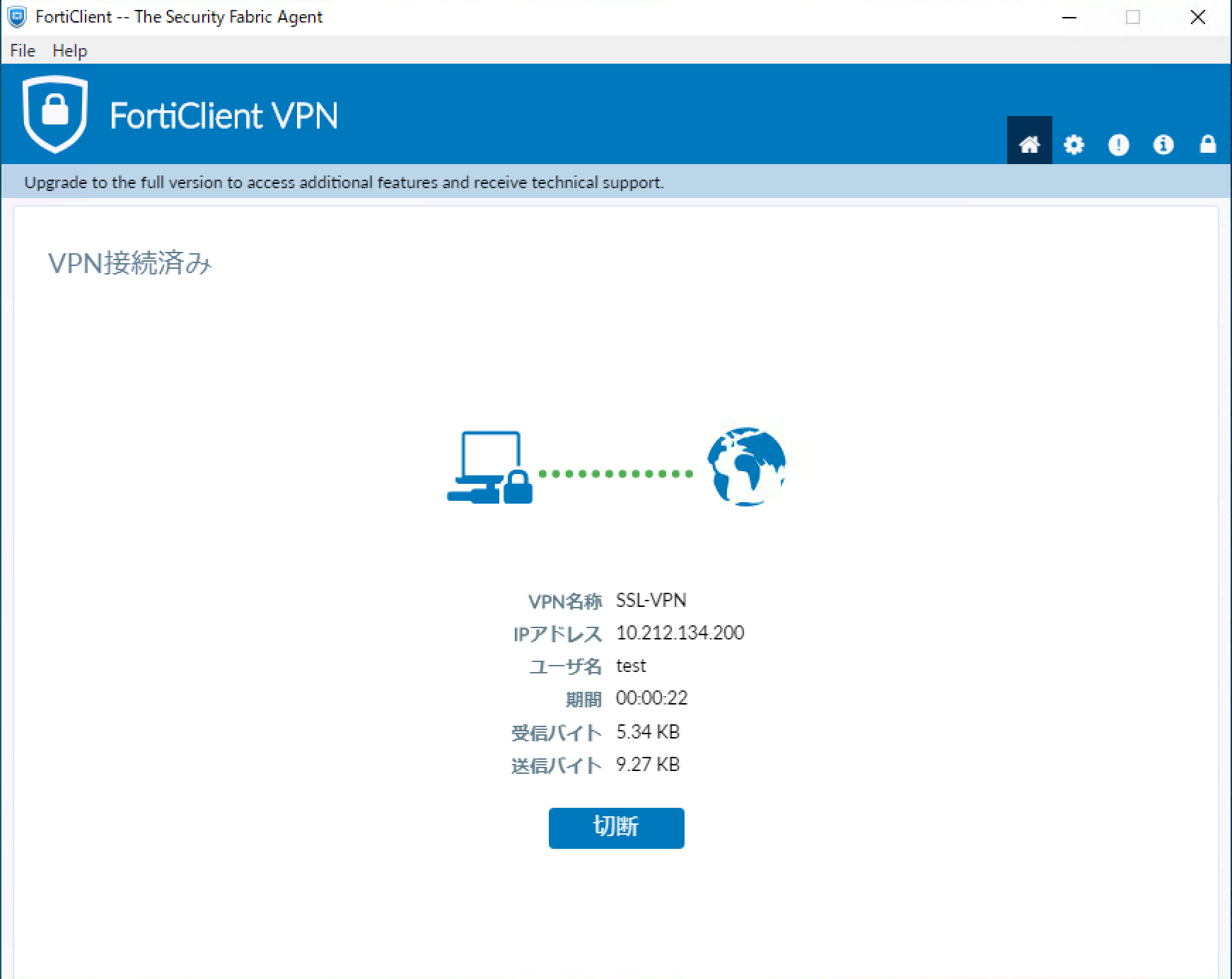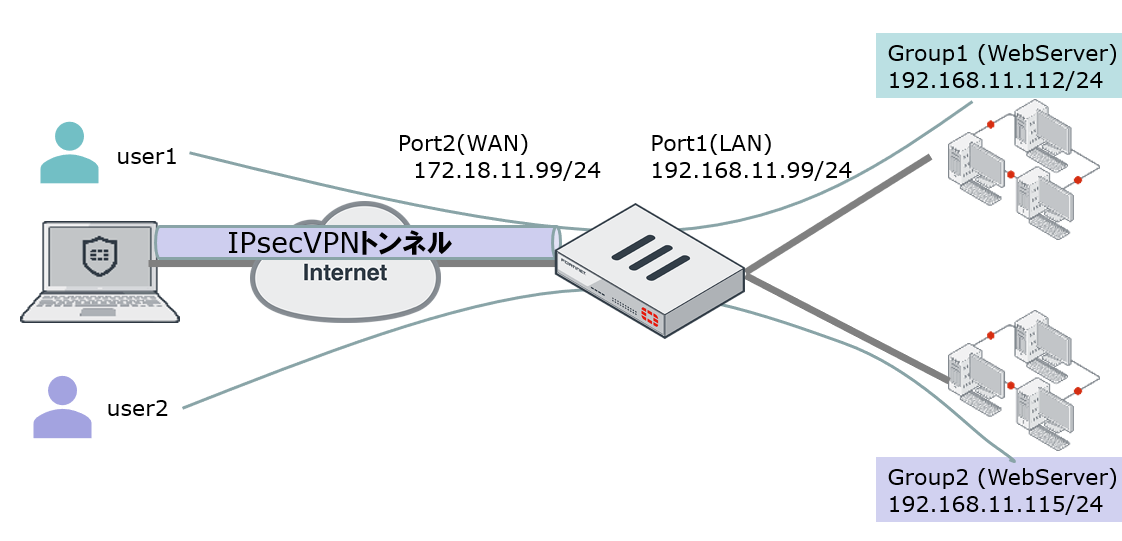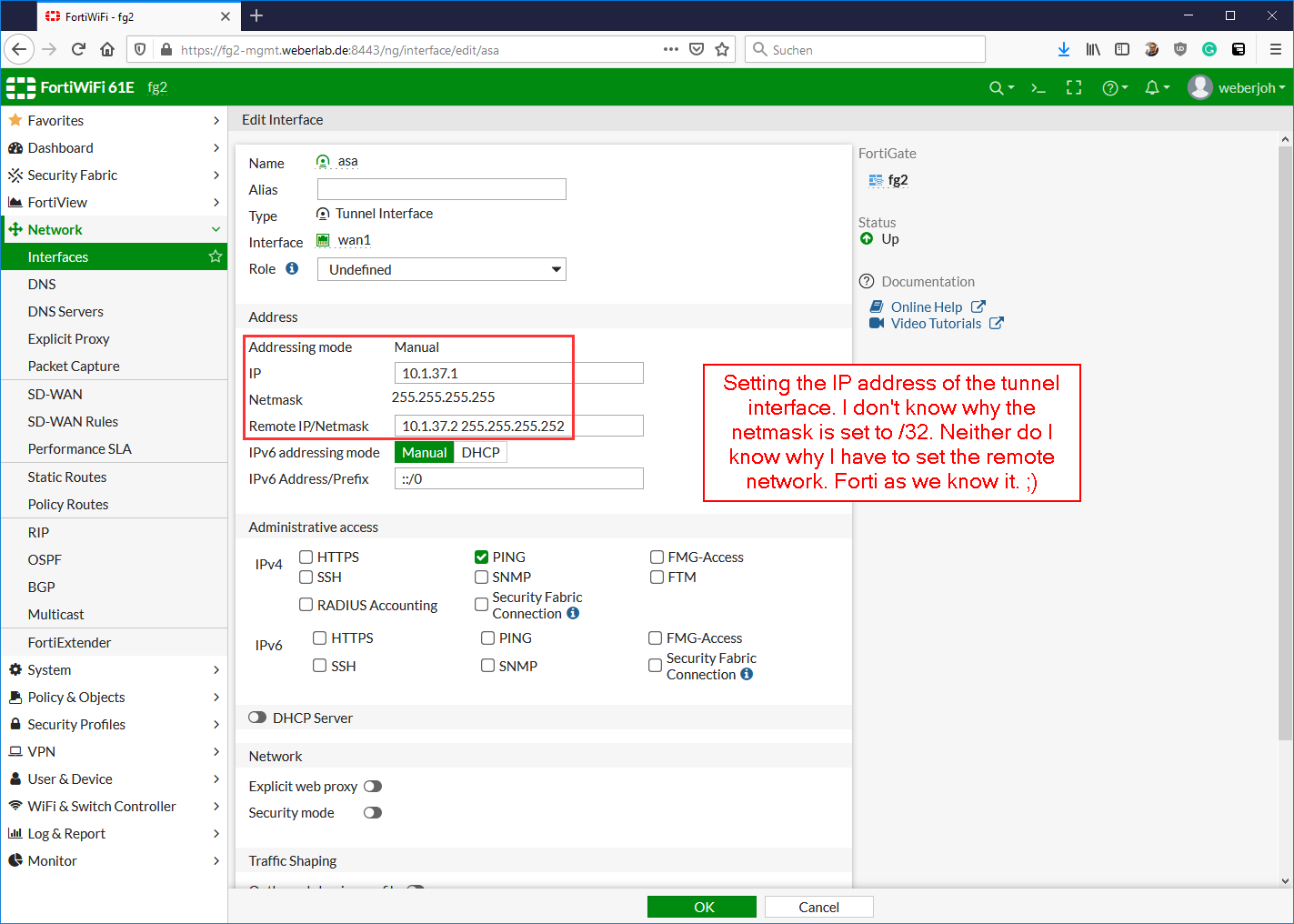

See the following article įortiGate: Change the HTTPS Management PortĬertificate: I’m also using a self signed certificate on the FortiGate, in a production environment you may want to purchase a publicly signed one!īefore we start, we need to make sure your firewall can resolve internal DNS. I suggest you also do this, as running SSL-VPN over an ‘odd’ port may not work from some locations. This was to let me use the proper HTTPS port of 443 for remote access SSL VPN. Note: I’ve changed the FortiGates default management HTTPS port from 443 to 4433 (before I started). Here’s how to setup remote access to a FortiGate firewall device, using the FortiClient software, and Active Directory authentication.

# config firewall address edit "restriction_poland" set type geography set country "PL" Addresses, select 'Create new', select the address Type as 'Geography' and select the country to allow.FortiGate Remote Access ( SSL– VPN ) is a solution that is a lot easier to setup than on other firewall competitors. The End user is getting lots of failed VPN login attempts lately, so they created a policy to block traffic from an address group that contains some countries, then created a deny policy (please see cover image), but they are still seeing login attempts from these countries.Īny idea if the configuration is correct (incoming/outgoing interface)?īy default, SSL VPN’s are accessible to all public addresses on internet.ġ) Configure firewall address with the type geography.

Fortinet End user reports Geo-Blocking by country doesn't seem to be working.


 0 kommentar(er)
0 kommentar(er)
